Earlier this summer, neighborhoods across Pittsburgh were invited to submit nominations for local streets and thoroughfares to be designated at “Neighborhood Slow Streets.” Both Beech Avenue and Galveston Avenue were approved by the City of Pittsburgh’s Planning Department to move ahead as Slow Street locations. The streets were recognized by the City as corridors requiring additional restrictions for safer crossings at busy intersections. The key criteria included a) non-vital residential streets, e.g., no bus lines, low traffic volume, as well as b) having parallel streets that can serve as connectors to thoroughfares. Allegheny West joins 12 other Pittsburgh neighborhoods that were approved as Slow Streets, and this traffic calming program is currently underway in more than 35 U.S. cities as well as several countries as the need for ensuring traffic safety in densely populated urban neighborhoods gains attention.
Why Slow Streets Matter
The Slow Street program is designed to limit through-traffic and slow or “calm” residential city streets that experience heavy and/or speeding traffic. Ultimately, the outcome for the program is decreased accidents and damage due to an increase use of slow streets as shared spaces. Our residents and neighborhood visitors should feel safe whether they are walking, biking, playing, using mobility scooters or exercising in our beautiful, historical neighborhood. In recent years, however, collisions and property damage have occurred, resulting in residents expressing concerns regarding speeding, heavy truck traffic and difficulty navigating certain streets. As a follow-up to a traffic calming petition that was approved by the AWCC Housing and Planning Committee, the City of Pittsburgh’s Department of Mobility and Infrastructure encouraged the Slow Streets application as one measure to alleviate problems within Allegheny West. The neighborhood petition was signed by more than 85% of residents on Galveston Avenue as well as several residents on Beech Avenue, living close to the Galveston Avenue intersection.
Residents Sara Beck Sweeney, John and Carol Robert, and Deb Lantz assisted with the petition as well as the Slow Street application process. Thank you to all residents who supported the petition!
Two Ways You Can Help
Traffic cones and signs are displayed at three intersections on Galveston Avenue (West North, Beech and Western Avenues) as simple, proven tools to slow down speeding. Speed is the single most important factor in determining the severity of outcomes of a collision, according to national Slow Street data. The Slow Street program is a voluntary prototype, and its effectiveness depends on residents’ involvement.
All residents of Allegheny West, particularly those who live on Galveston and Beech Avenues are asked to:
- Monitor and ensure proper placement of the Slow Street traffic cones and sign. Proper placement is: 1st cone in the crosswalk equal to 1 car width from the curb, sandwich board approximately 10′ – 15′ directly behind the crosswalk cone (again 1 car width from curb), and 2nd cone directly beside sandwich board in the street/traffic side. All residents are “deputized” to adjust correct positioning of the Slow Street materials!
- The City provides free replacement of missing or damaged cones and signs. If you notice that replacements are needed, please email Deb Lantz at deb.lantz1@gmail.com.
The Slow Street program is anticipated to be in place for the next 12 months, based on residents’ involvement and traffic calming results within the corridor. Parking, residential traffic and local deliveries are not affected within Allegheny West as a result of the Slow Street program. Feedback on the Slow Streets program is encouraged by emailing Deb, so that input can be shared with the AWCC Housing and Planning Committee as well as the city’s program sponsors.
